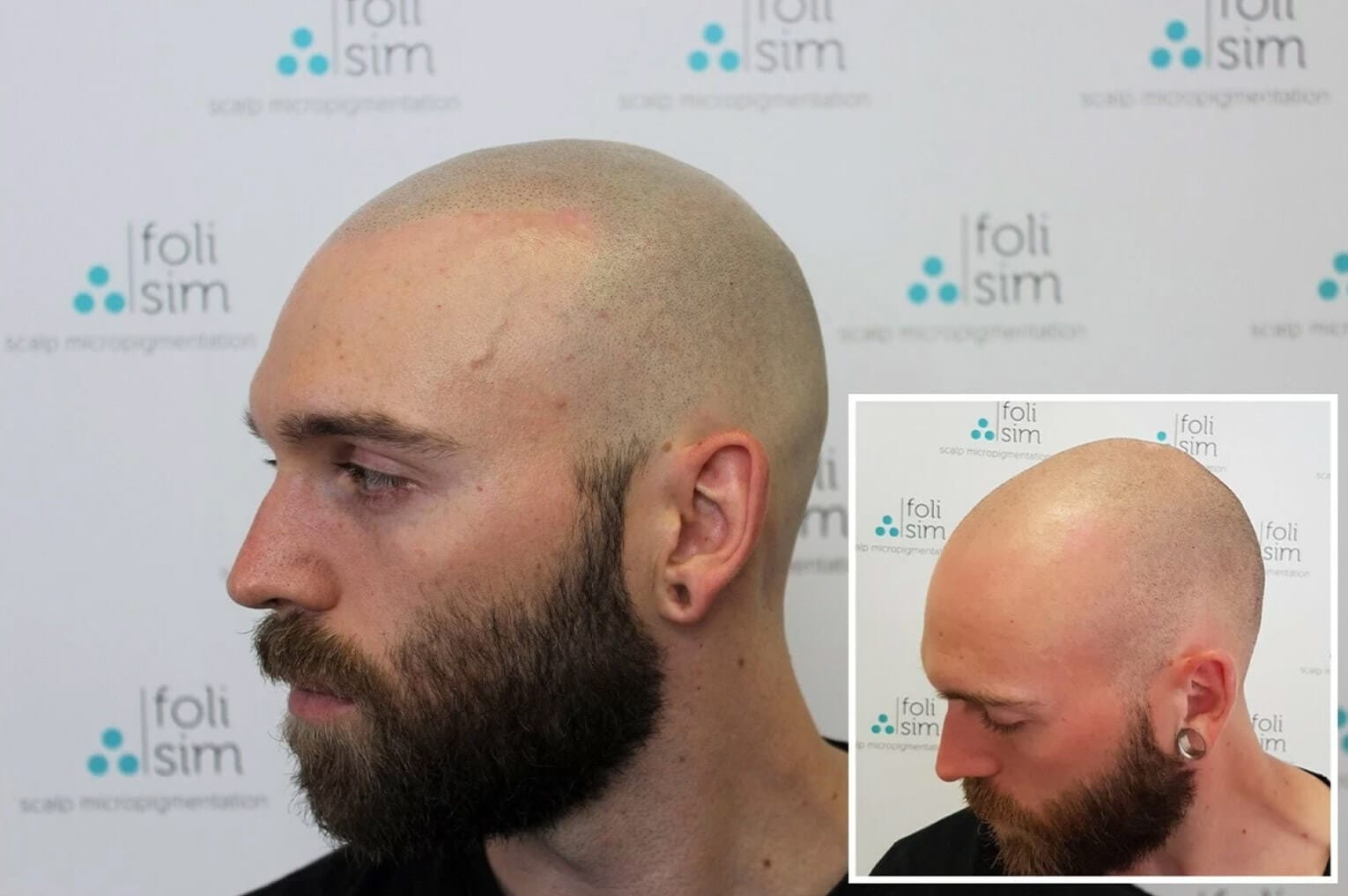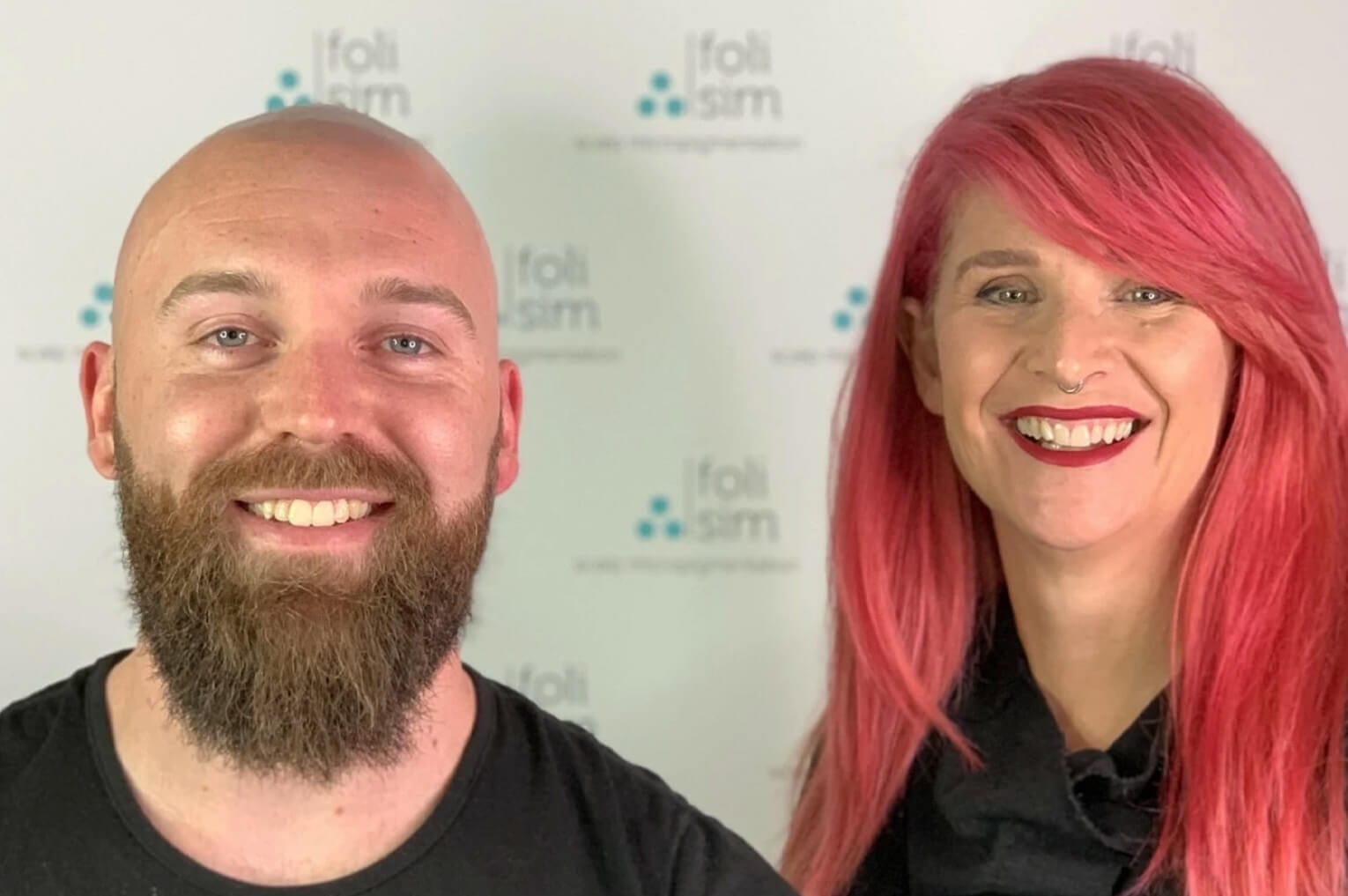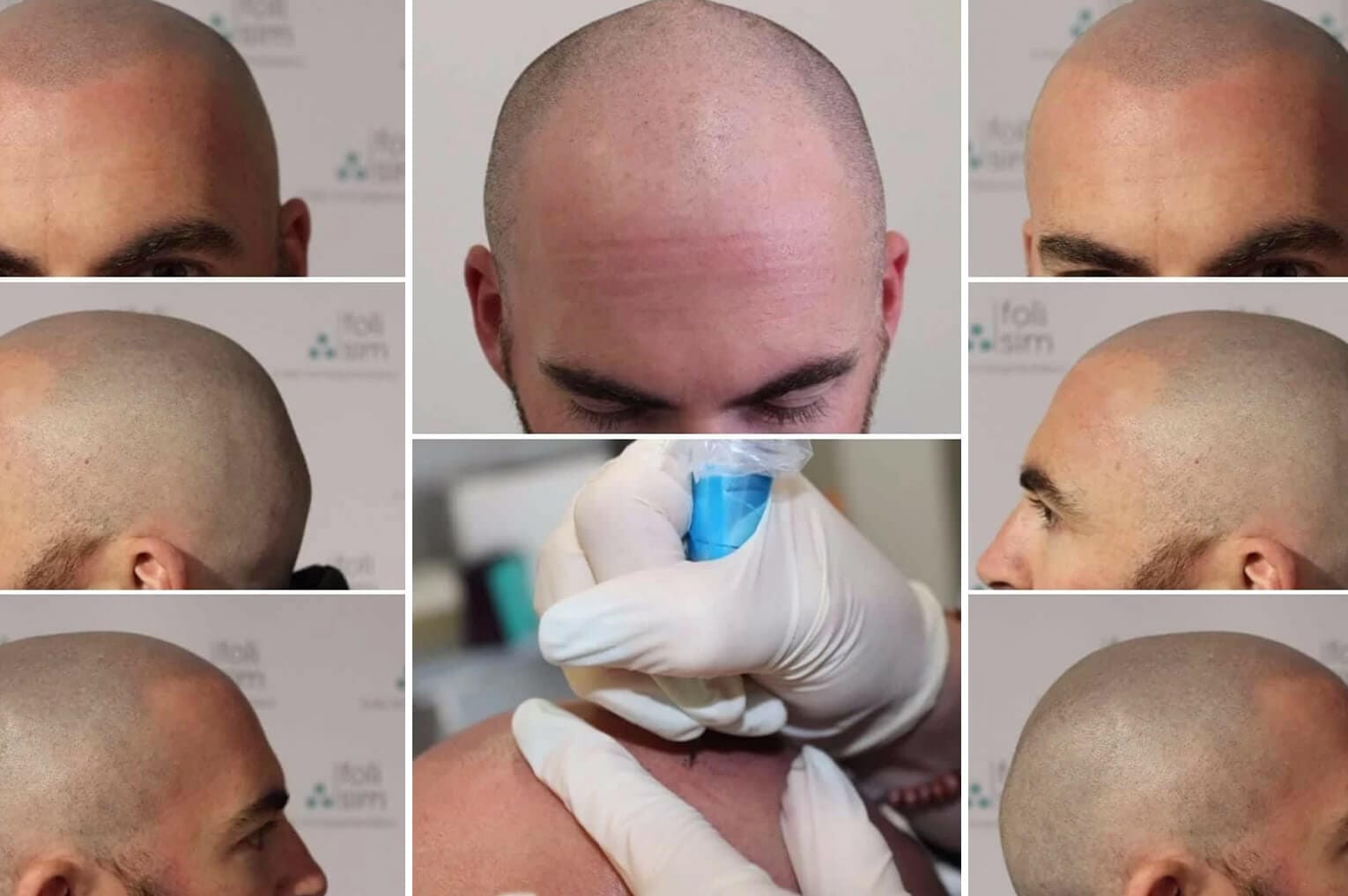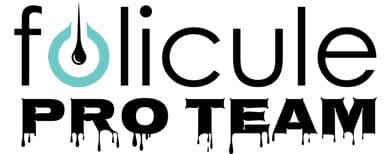There’s nothing quite like noticing your hairline thinning to ruin your morning.
Whether it’s a comb or basin full of loose hair or a slightly larger forehead than you remember staring back at you in the reflection, the first real recognition of hair loss is enough to send a lot of young men into the seven stages of grief.
Unfortunately for me, male pattern baldness reared its ugly head at the age of 18. Slowly but surely, after finishing high school and beginning life as an adult, I’d notice that as the months went by, my youthful hairline had started to recede. Most days I’d write it off as being self conscious or pessimistic, but one day, when catching a glimpse of the crown of my head in a photograph, I was shocked to see a 20c sized bald patch on the crown of my head.
While MPB effects the majority of men at some point in their life, few of us are unlucky enough to see the onset in our early 20s, let alone our teenage years.
When it became clear that a pushed forward fringe and some thickening matte paste wasn’t quite cutting the mustard, I scoured the internet for solutions to stop, or at least slow, my inevitable balding fate. I spent hours evaluating the snake-oil salesmen from the science, and came to two conclusions.
1. Unless I was willing to fork out thousands of dollars (which I most certainly did not have at this stage in my life), a hair transplant was out of the picture.
2. The internet is full of false promises and scams when it comes to hair restoration.
With a limited budget and a sense of determination to hold on to my remaining locks, I drove to the local pharmacy and purchased the only two products which seemed to hold any real merit, according to the anecdotal experiences which I had read. Nizoral shampoo, an antifungal shampoo which contained ketoconazole, and Rogaine, a minoxidil based foam.
These products, which when purchased in bulk set me back around $50 per month, allowed me to hold on to my hair, and even grow a small amount of it back, for the remaining 5 years. I eventually swapped out Nizoral for Tea Tree Oil shampoo which proved more effective (and less itchy), and spent mornings and nights, day in day out, washing my hair and applying a thick layer of smelly foam in order to keep the thinning at bay.
And to some extent, it worked. I didn’t regrow a full head of hair, but I was certainly able to keep my confidence and prolong the inevitable. However, at the age of 23, the hill became steeper, and the battle began to feel as though it was being fought in vein. I doubled down on my Rogaine dosage, (which was now estimated to cost $1,000 per year alone) but despite my best efforts, the thinning returned, and me regimen had begun to prove ineffective. I bit the bullet, discontinued my treatment and accepted reality for what it was.
Within 3 months of being Rogaine-free, my hairloss turbo-charged itself to the point of no return. I bit the bullet, visited my local barber and ordered a number 2.
I looked in the mirror afterwards, and while being a noticeable improvement on my thin, patchy excuse for a hairstyle, my self esteem was shattered, and I was no longer comfortable with how I looked in my physical appearance.
So, back to the drawing board I went. With all the hair-loss options either being far too expensive, scammy, or involving dangerous pharmaceuticals with side effects worse than the hair-loss itself, I began to gave up hope and started saving my pennies for a hair transplant. It was then, in researching different options and scrolling through countless before and after photos that I discovered scalp micropigmentation.
It seemed almost too good to be true. It created the look of a freshly shaved full head of hair, at a fraction of the cost of the alternatives. Better yet, it was a once off treatment, with minimal upkeep, no chemicals and the results looked fantastic. I immediately booked in for a consultation and met Kate the following day.
I had three goals for my initial consultation:
1. To assess the experience and skill level of the artist. To me, this was just like getting any other tattoo – except the stakes were higher, as it was on my head! I wanted to make sure that the artist had a portfolio of work that I would be happy sporting on my noggin for life.
2. I wanted a solid understanding of the costs involved, and if there were to be any follow up treatments or unexpected costs that might rear up down the line (which seemed common with other hair loss “solutions’)
3. To understand exactly how it would look on me, and how the tattoo would compliment my original hairline and work with the shape of my face.
Fortunately, all these goals were achieved in my consultation. I was excited to review all of Kate’s work and see that she was amongst the best in the business, and to know that I would be looking at 2-4 treatments with a set cost for the desired outcome. It was also reassuring to learn that I would receive a complimentary touch up in the first 12 months, if any excessive fading occurred, for whatever reason. Kate explained that the tattoo would restore my natural hairline and so it would appear as subtle, natural and realistic as possible, which was exactly what I was after. I didn’t hesitate, and booked in.
The most common question I’ve had since having SMP done is, does it hurt? And the answer is, yes. As SMP is a tattoo directly on the scalp, it’s no surprise that it is not the most pleasant sensation. However, it is definitely far from unbearable or excruciating, and as the tattoo being applied is a variety of tiny dots, as opposed to heavy lines or shading in regular tattooing, I would say that it’s similar, but not as painful as a regular tattoo.
The sessions lasted for a few hours with regular breaks as requested, and following the appointments I was able to carry out my regular daily tasks. There was no down time, and after care was as simple as not getting it wet for a few days, and applying an all natural cream to reduce dryness and speed the healing process. I found that SMP healed significantly faster than a regular tattoo, and felt completely healed after a week.
Following my third session, I was advised that there would be no need for a fourth, and that my SMP was complete. I went through the aftercare routine as usual, and was ecstatic with the results.
Rather than applying thick foams and washing my hair extensively with smelly shampoos, I simply shave my head with a razor (or electric clippers) twice a week, which takes about a minute in the shower, and my “hair” is good-to-go.
Now, the most common question I get asked is “why did you shave your head”, or people will compliment the shaved head look and tell me that I should try growing it out. I always laugh to myself, and when I explain that it’s a tattoo, more often than not, they think I’m joking.
If I had known that SMP was an option from Day 1, I wouldn’t have wasted thousands of dollars trying to hold onto the hair I had, I would have accepted the reality and allow MPB to occur naturally, knowing that I had an affordable and viable option for when the day came.
I would absolutely recommend SMP to anyone who is looking for the most affordable and complete hair loss solution which, unlike the others, has a 100% success rate. Kate and the team at Foli Sim were a dream to work with, and my only regret is not having it done sooner.








